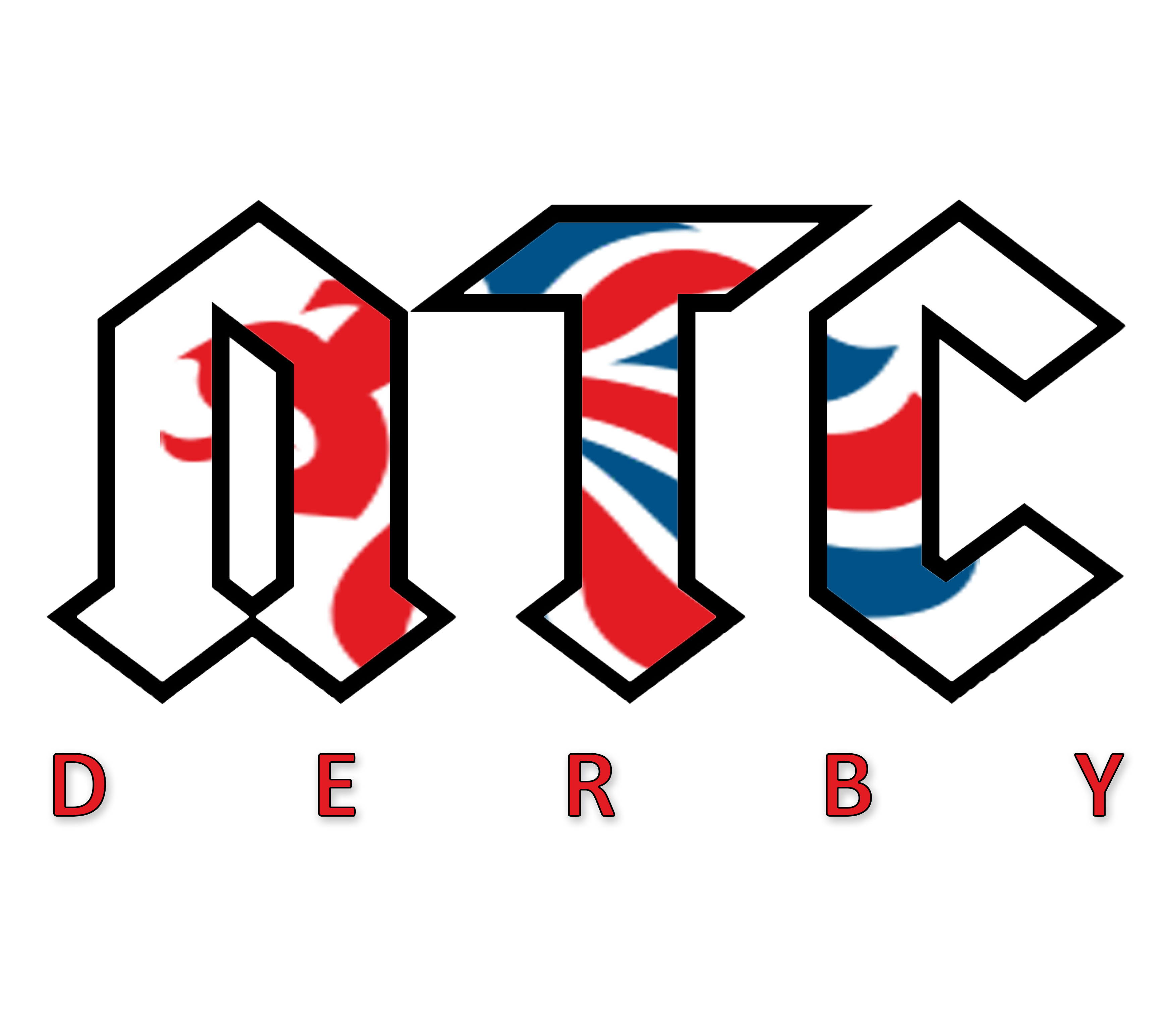We often hear concerns such as “I have no coordination, I am not flexible enough, I am not fit enough”, but remember, you train to get fit. You don’t need to get fit to train. Everyone works at their own pace. We start every class with a specific warm up so you will be ready for the training that follows. Training in Taekwondo will provide you with improved flexibility, coordination, balance, muscle strength and muscle tone, not to mention fat loss. You will notice an improvement with each class.
Children from 4 years upwards, and adults of any age and ability are welcome. There are many success and inspiring stories for students who started their taekwondo classes in their 70s.
Read this inspiring story: HERE
Taekwodo classes are good for everyone, yet when most people think of martial art training, they form a mental picture of men participating in the lessons. Women and girls rarely, if ever, come to mind. However, the reality is that learning a martial art is wonderful for both girls and women.
Read this inspiring story about benefits of Taekwondo for women: HERE
World Taekwondo (formally World Taekwondo Federation) was established in 1973 and is the International Federation governing the sport of Taekwondo. World Taekwondo recognises national Taekwondo governing bodies recognised by the National Olympic Committee in the pertinent country, one in each country, as its members.
British Taekwondo Limited, known as British Taekwondo, was established in 1982 and is the Governing Body for World Taekwondo in the United Kingdom. British Taekwondo is a member of World Taekwondo and the British Olympic Association (BOA).
Only through British Taekwondo and its high performance partner GB Taekwondo, can athletes participate in any World Taekwondo and World Taekwondo Europe sanctioned events, including, G1, G2, European Championships, World Championships and Olympic Games.
World Taekwondo is an International Federation governing the sport of Taekwondo, as recognised by the International Olympic Committee (IOC). It consists of national Taekwondo governing bodies recognised by the National Olympic Committees of the pertinent country as its members, only one in one country. Thus, individuals, dojangs and any other Taekwondo organisations cannot become members of World Taekwondo.
All students need Insurance. It is a requirement from the governing body i.e. British Taekwondo that all members have are insured with BT, which is currently £30 per year.
For your introductory lessons wear loose fitting athletic clothing that is suitable for training eg. shorts or track pants and a t-shirt. Please also bring a drink. Once you become a member you will need to purchase a uniform from our shop. Please note that you can only wear WT approved uniform. Your uniform should always be clean, ironed and worn with your belt. Do not wear jewellery of any kind including rings, watches, earrings, necklaces, bracelets or other any jewellery.
Most Asian martial arts trace their history back to China, but in essence, Tae Kwon Do formally originated in Korea, Karate in Japan (via Okinawa), and Kung Fu in China. Each art shares some common elements with the others, but each one developed using different principles to maximise its effectiveness. In Tae Kwon Do, we generally use a greater percentage of leg techniques to give an increased reach advantage and to keep opponents outside their preferred striking range. Karate and Kung Fu practitioners generally use a greater percentage of hand and arm techniques, compared to Tae Kwon Do, but that is not to say that we neglect those techniques!
It is a common misconception that martial art training is dangerous, with a relatively high risk of injury. In First Tae Kwon Do, all members learn about safety, respect and self control in training from Day 1. While there is always some risk of physical injury, most members will encounter no injuries or only very minor injuries. Typically, the types of injuries seen in school sports (even non-contact sports such as basketball or netball) are more severe than what we encounter in our traditional martial art training.
Another common misconception is that martial art training encourages violence. In our experience, the reverse is generally true. In NTC, the moral use of martial art skills is foundational to our training. All members are taught to respect each other as individual human beings; after only a few months’ training, all should have developed a basic understanding that getting into a physical conflict is probably the least desirable self-defence option. That said, it is up to each individual to decide how he/she will approach martial art training and conduct him/herself through life
Uniforms can be purchased at any time after your first lesson; they will be required when you become a member and before you can advance to higher levels.
Sparring (which puts training into practice wearing protective pads) is a progressive part of the art, you will not progress to this initially. When you are a beginner, it’s taken slowly and methodically over a period of time and the higher grades will give you lots of tips and support.
We are part of the UK’s long serving taekwondo group i.e. NTC and we are affiliated with British Taekwondo i.e. the governing body for Olympic Taekwondo.
We are the only Taekwondo Club in the city of Derby that practices Olympic Taekwondo as developed and practiced in South Korea and the only group that is a full member of the official national governing body for Olympic Taekwondo, and that is British Taekwondo whose functions include responsibility for the selection of National Teams to compete at International and Olympic level.
Our coaches are highly qualified and experienced instructors, registered with British Taekwondo, the national governing body for WT Taekwondo in the UK, are fully insured as well as checked through the DBS system, first aid, and safeguarding trained. We have also a dedicated welfare officer, trained on safeguarding, and work directly with British taekwondo to make sure that we abide with our safeguarding policy.
The coloured belt system represents the progression of a student from white, the innocence of a beginner to the maturity of the black belt, who is impervious to darkness and fear.
White Belt (10th Kup) – White signifies the innocence of the beginner and his ignorance of Taekwondo.
White Belt with Yellow Stripe (9th Kup)
Yellow Belt (8th Kup) – Yellow represents the earth, from where a plant takes root and sprouts as the foundations of Taekwondo are laid.
Yellow Belt with Green Stripe (7th Kup)
Green Belt (6th Kup) – Green signifies the plant itself as, like a plant, the student’s Taekwondo skills continue to grow.
Green Belt with Blue Stripe (5th Kup)
Blue Belt (4th Kup) – Blue represents the heavens above, the divine direction in which the plant is growing.
Blue Belt with Red Stripe (3rd Kup)
Red Belt (2nd Kup) – Red signifies danger, warning the student of his own capability for damage and other students of his skill.
Red Belt with Black Stripe (1st Kup)
When a student reaches Black Belt (1st Dan) he is considered to be a senior. Black is the opposite of white and therefore signifies the student’s maturity and skill. It also signifies his mastery over darkness – that he is no longer afraid of evil or fear itself. From here on in the belts no longer change colour.
That depends completely on the commitment of the student. The average time is 3½ to 4 years.
Full risk assessments have been conducted on the venue and training content. We have also a welfare officer who is in charge of all issues related to safety, safeguarding and wellbeing of all members






